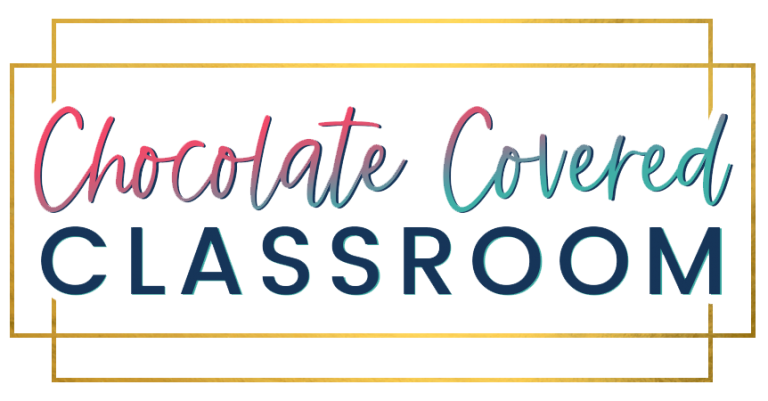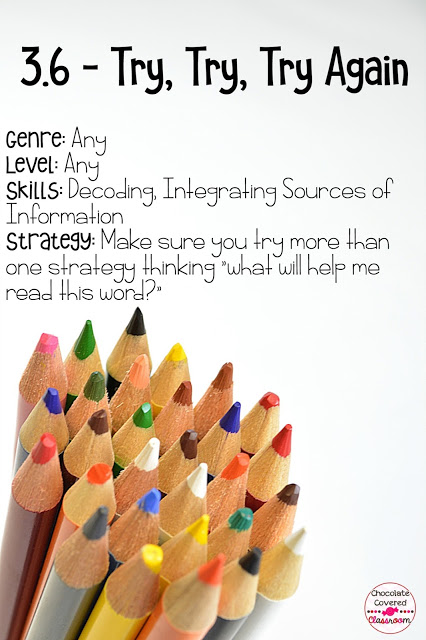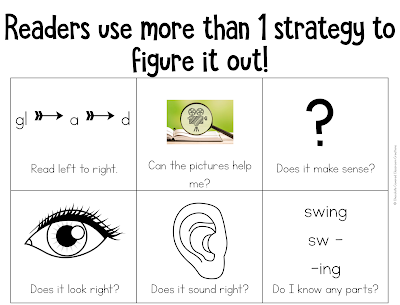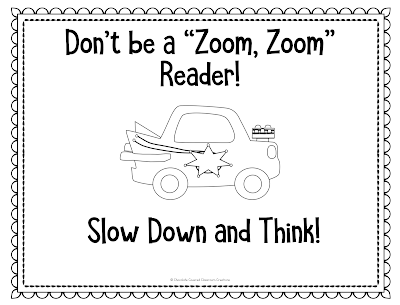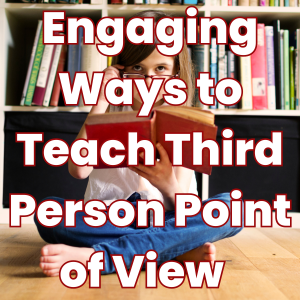Background Information:
In case you are new to my blog I figured I would give you a quick insight into who I am as a teacher. I teach a grade 4/5 combo class in Canada. Now you may be wondering, why is a grade 4/5 teacher wanting to dig deep into Goal 3, Supporting Print Work? The truth is, my students’ reading levels range from Kindergarten to Grade 5, as I am sure many of yours do. The majority of my students are English Language Learners. Because of this, I do a lot of professional learning surrounding print work and continue to develop my proficiency in it. One thing I love about this chapter is that some of the strategies are appropriate for students of all reading levels!
Jennifer begins the chapter by reminding us that there are three sources of information we use while reading; meaning, syntax and visual. She compares the use of all three sources of information to a juggler with three balls in the air; it takes coordination, mental effort and strategic action. It is no wonder that many students overemphasize one or two of the sources of information, which in turn affects their accuracy rate.
Cross Checking
She then continues to talk about Cross Checking. Any of my Daily 5 people out there will be familiar with Cross Checking. Essentially while kids are reading, they need to be thinking, “Does it look right? Does it sound right? Does it make sense?” The 2 Sisters have cool hand gestures to remind kids to cross check.
Goal 3 Strategies
There are 23 different strategies in this chapter. I chose 3 to focus on.
Goal 3.6 – Try, Try, Try Again:
Jennifer recommends launching this strategy by reviewing all of the reading strategies that have been taught so far. I love introducing this strategy at the beginning of the year. It sounds strange, but it actually gives me a lot of insight into the strategies that my students already have in their tool kits and the strategies that they still need. We start by listing all of the strategies that they already have in their tool kits. Jennifer uses the metaphor of a tool kit beautifully. Saying: “Just like you wouldn’t use a hammer to take out a screw, you shouldn’t use the “check the pictures” strategy when there aren’t any pictures.” I have found that my English Language Learners really benefit from actually having a little box that has visuals for each of their reading strategies in it. That way, they can take the strategies out and try them if needed. As we learn a new strategy, we add it to our tool kits.
This is the anchor chart that is suggested 🙂
Goal 3.7: Slow down the Zoom, Zoom, Zoom to Make Sense!
This strategy is applicable for ALL of my students. So many of my students come to grade 4/5 as “zoom, zoom” readers. I think it is super important to have them pause and slow down. I am always looking for ways to help students learn how to self monitor their reading. Do you know of any others that would work for self monitoring?
Here is the poster that I hang in my classroom to remind students of this rule!
3.12: Group Letters That Make Sounds Together
Jennifer suggests that you launch this strategy by explaining that some letters go together to make a special sound. Show students a blends and digraphs chart. There is a great one on page 91. Then have students read a book while being detectives and hunting for blends and digraphs. I completed this activity a couple of times with my low reading group. I thought that it really helped their decoding! It is so difficult to make time for phonics in a grade 4/5 classroom where most of the students don’t need it. I would love to hear in the comments if you have any ways to incorporate phonics for your low readers!
I really enjoyed this chapter! What was your number 1 take away? Feel free to discuss in the comments below 🙂
Don’t forget to check out the rest of the posts in this series. You can find all of the links here.
Have a sweet week!
